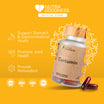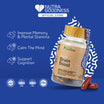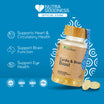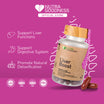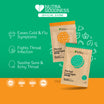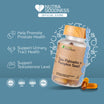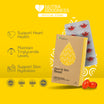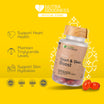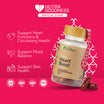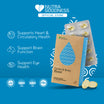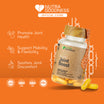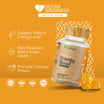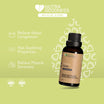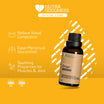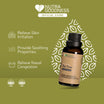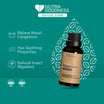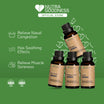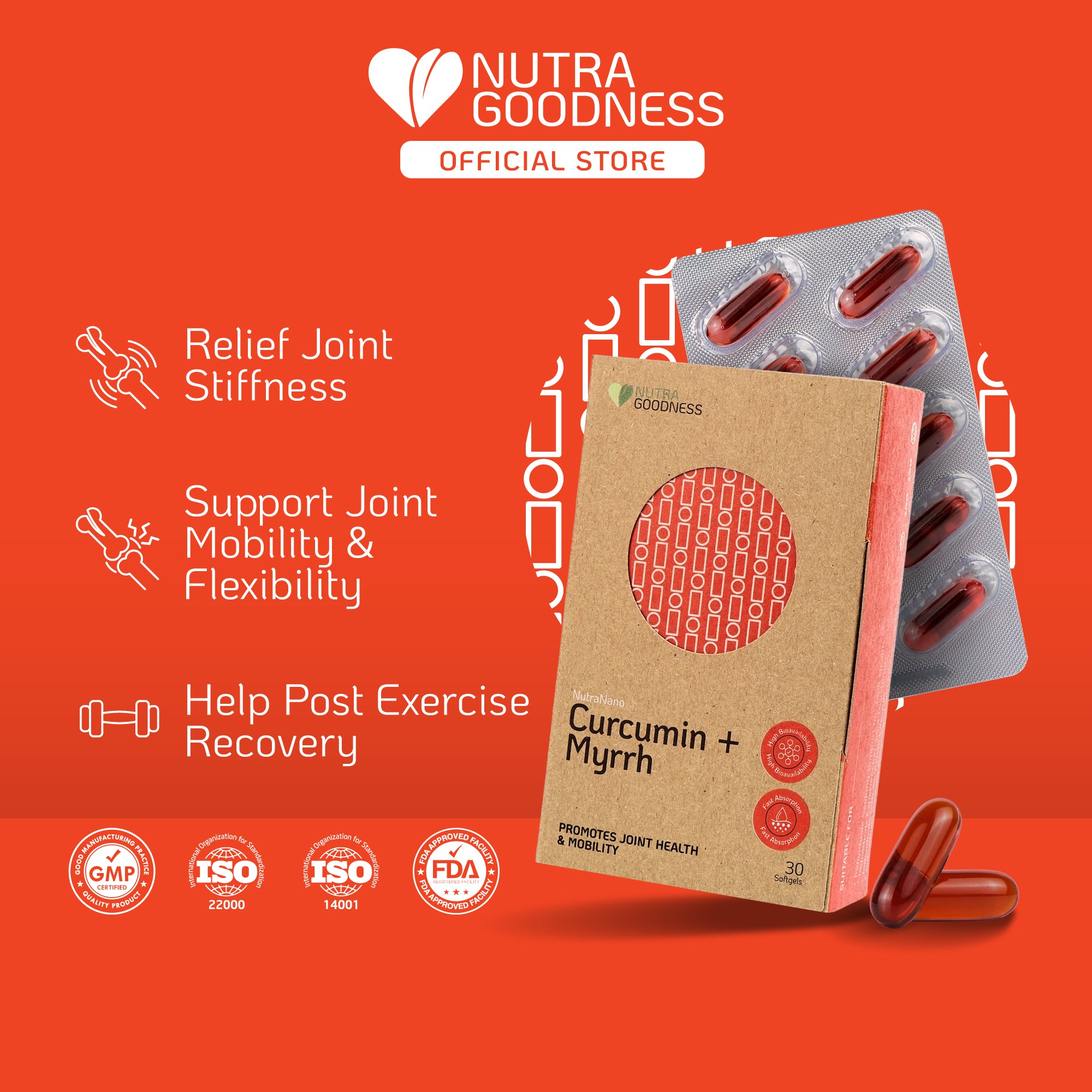Introduction
When people hear “myrrh,” they often think of ancient rituals, incense burners, or biblical gifts. But beyond its historical mystique and aromatic allure, myrrh is gaining renewed attention in the wellness world for its impressive health benefits—especially in the areas of inflammation, immunity, and joint care.

Adapted from Naunyn-Schmiedeberg's Archives of Pharmacology (2023)
Extracted as a resin from the Commiphora tree native to North Africa and the Middle East, myrrh has been treasured for thousands of years in traditional Chinese, Ayurvedic, and Middle Eastern medicine. Today, modern science is beginning to validate what ancient healers already knew: myrrh is more than just a fragrant gum—it's a functional powerhouse for modern health needs.
Let’s dive into the benefits of this golden resin and explore how it supports the body from the inside out.
Myrrh’s Natural Anti-Inflammatory Powers
One of myrrh’s most valuable properties is its ability to reduce inflammation—making it particularly helpful for those dealing with chronic pain, swelling, or autoimmune discomfort. Myrrh contains compounds like terpenoids and sesquiterpenes, which inhibit pro-inflammatory enzymes and pathways such as COX-2 and NF-κB1.
A study published in Journal of Intercultural Ethnopharmacology (2014) highlighted that myrrh extract significantly reduced inflammation in rats in doses of 250mg/kg and 500mg/kg.
Combined with anti-inflammatory nutrients like curcumin, myrrh becomes part of a synergistic duo—tackling both the cause and symptoms of inflammation more effectively than either on its own.
Surprising Ways Myrrh Supports Your Body
Beyond joint care and pain relief, myrrh offers a wide range of health benefits:
- Immune Modulation1: Myrrh helps balance immune responses—not just boosting them, but calming overactivity in autoimmune disorders. It also exhibits antimicrobial effects, making it effective against certain bacteria, fungi, and even parasites.
- Hypoglycemic effect1: Myrrh helps to manage blood glucose levels by increasing insulin concentration.
- Antioxidant Protection1: Myrrh is rich in natural antioxidants (diterpenes, sesquiterpenoids, sterols and triterpenes) that protect cells from oxidative stress, one of the major drivers of aging, inflammation, and disease.
Where Myrrh Comes From
Myrrh is a resin extracted from the bark of Commiphora myrrha—a small, thorny tree that grows in arid regions of Somalia, Ethiopia, and parts of the Arabian Peninsula. When the tree bark is wounded, it exudes a yellowish sap that hardens into reddish-brown resin “tears.”
 Adapted from Naunyn-Schmiedeberg's Archives of Pharmacology (2023)
Adapted from Naunyn-Schmiedeberg's Archives of Pharmacology (2023)
These resin droplets are collected and then processed into:
- Essential oils
- Tinctures and extracts
- Powdered/Liquid forms for supplements
The extraction method is typically clean and natural, involving minimal processing—making it suitable for those seeking plant-based, clean-label wellness products.
How to Incorporate Myrrh Into Your Daily Wellness
You don’t need to burn incense to benefit from myrrh in modern times. Today, it’s available in several easy-to-consume formats, including joint supplements:
-
Capsules or softgels (often paired with curcumin for joint relief)
- Tinctures (for oral health, digestive and immune support)
 To get the best effects, look for standardized extracts with known concentrations of myrrh’s active compounds. And if inflammation or joint health is your goal, seek formulations enhanced for absorption—such as those using nano technologies.
To get the best effects, look for standardized extracts with known concentrations of myrrh’s active compounds. And if inflammation or joint health is your goal, seek formulations enhanced for absorption—such as those using nano technologies.
Conclusion
Myrrh is no longer just a relic of the ancient world—it's a scientifically validated, plant-based powerhouse that supports inflammation relief, immunity, and overall wellness.
Whether you're dealing with joint pain, exploring joint supplements Singapore for natural relief, looking for immune support, or simply curious about nature’s ancient remedies, myrrh deserves a spot on your radar—and perhaps, in your supplement stack.
So the next time you hear “myrrh,” think beyond incense—think modern medicine chest in a tree.
👉 Discover more natural ways to support your health—visit Nutra Goodness natural health supplements website today.
References:
- Batiha GES., Wasef L., Teibo J.O., Shaheen H.M, Zakariya A.M, Akinfe O.A, Teibo T.K.A, Al-kuraishy H.M, Al-Garbee A.L, Alexiou A. and Papadakis M. (2023) Commiphora myrrh: a phytochemical and pharmacological update, Naunyn-Schmiedeberg's Archives of Pharmacology, 396, 405–420.
- Shalaby M.A, Hammouda A.E (2014) Analgesic, anti-infl ammatory and anti-hyperlipidemic activities of Commiphora molmol extract (Myrrh), Journal of Intercultural Ethnopharmacology, 3(2), 56-62.

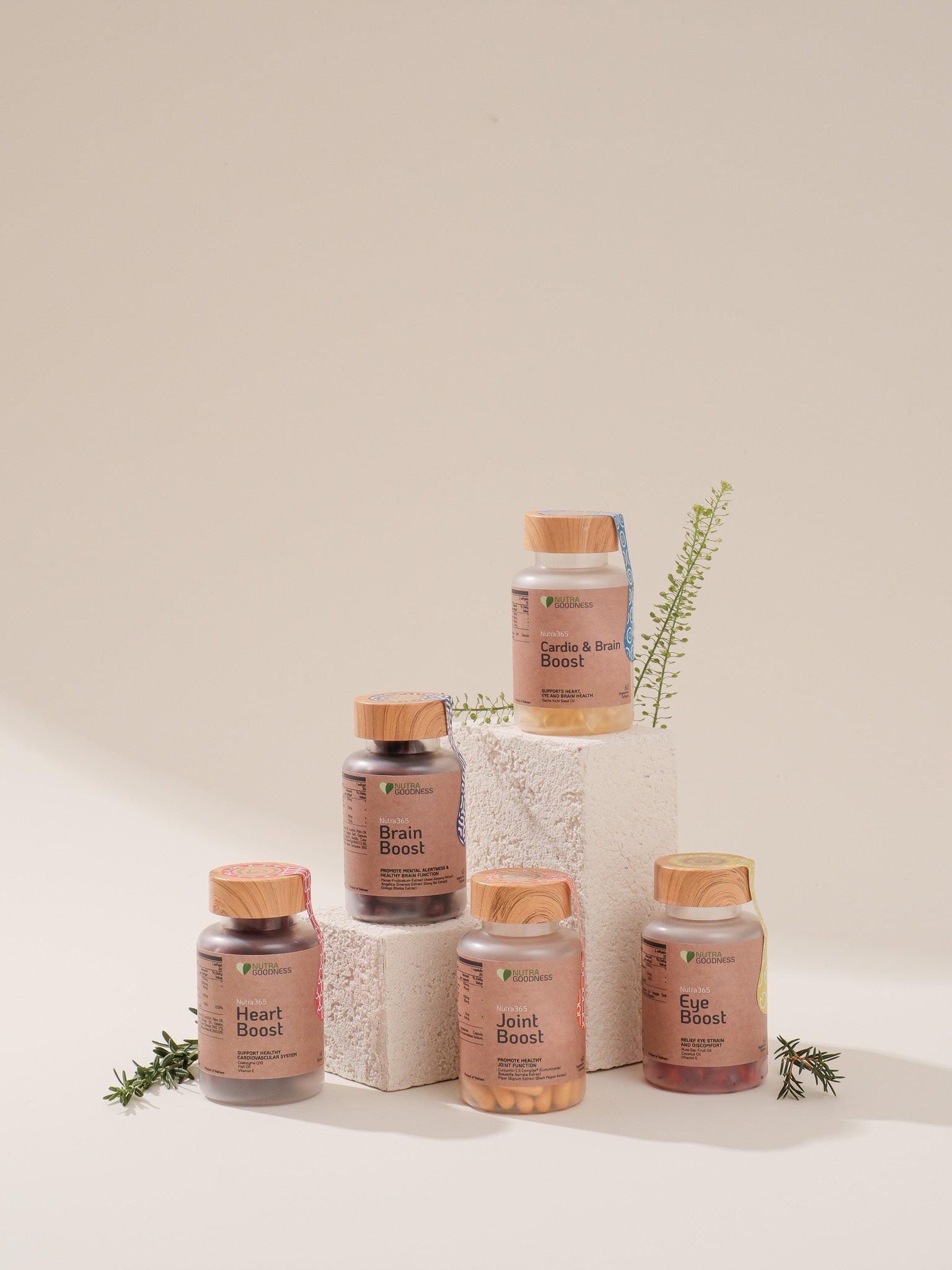

![[Nutra Goodness MindFuel Wellness] Nutra365 Cardio & Brain Boost + NutraGummy Energy Boost + NutraFizz Effervescent](http://www.nutragoodness.com/cdn/shop/files/Oct_Banners-29_1.png?v=1759198351&width=104)
![[Nutra Goodness Glow & Hydrate Set] Nutra365 Heart & Skin Boost + NutraBreeze BeautyCool + NutraFizz Effervescent](http://www.nutragoodness.com/cdn/shop/files/Oct_Banners-30.png?v=1759198320&width=104)
![[Nutra Goodness Daily Defense Set] NutraBreeze DetoxCool + NutraFizz Vitamin C Effervescent + NutraSooth Lozenges](http://www.nutragoodness.com/cdn/shop/files/Oct_Banners-31.png?v=1759198291&width=104)


